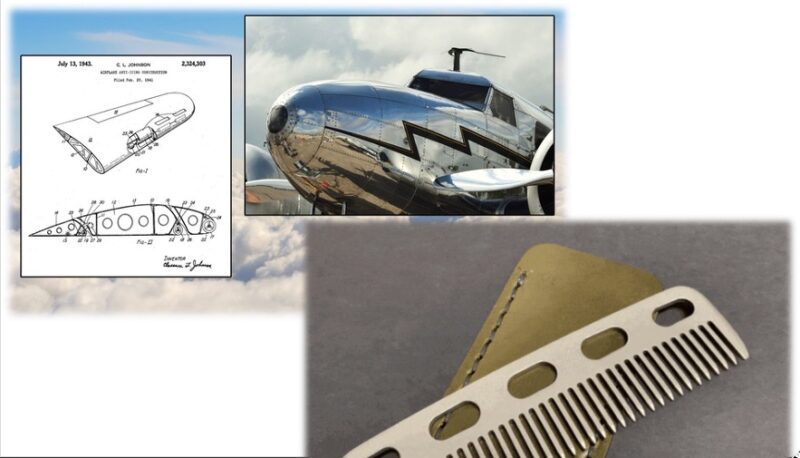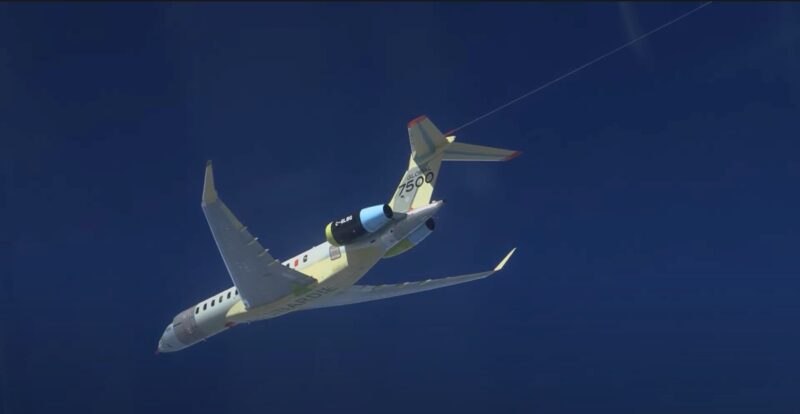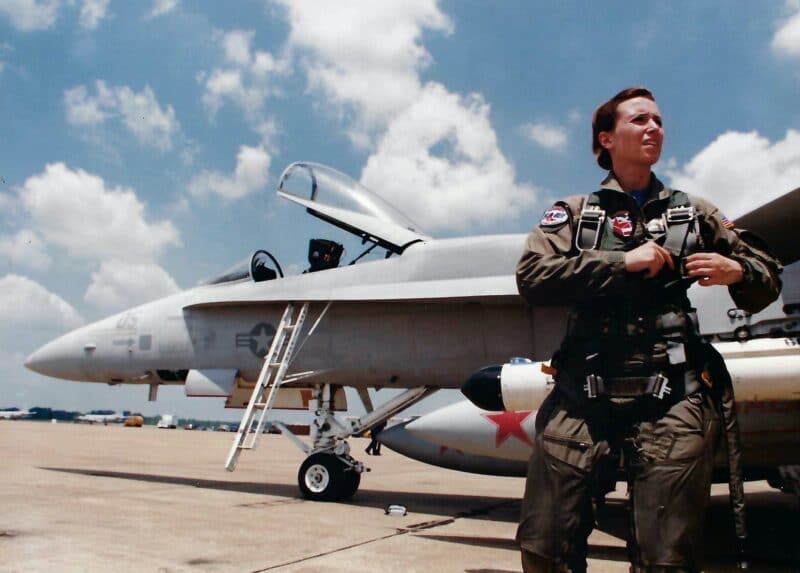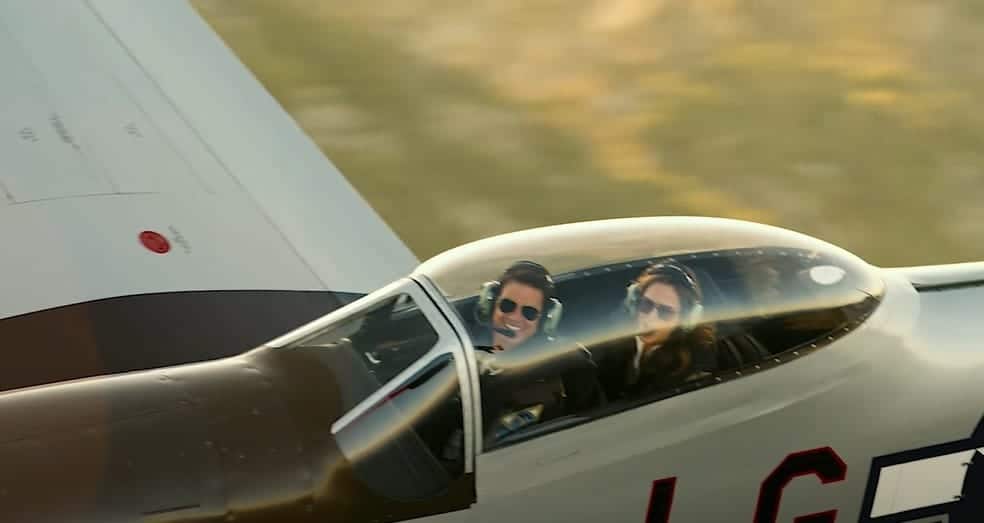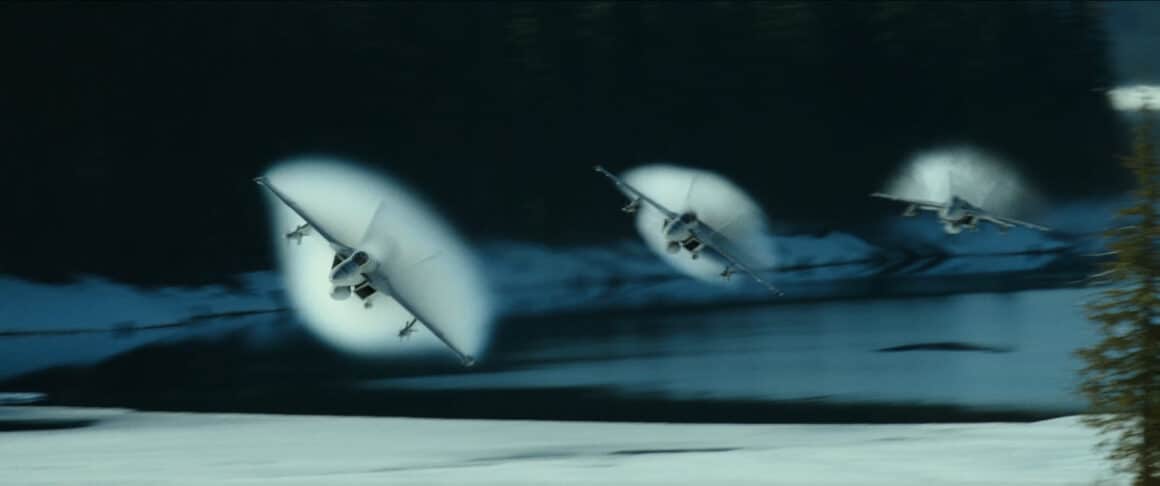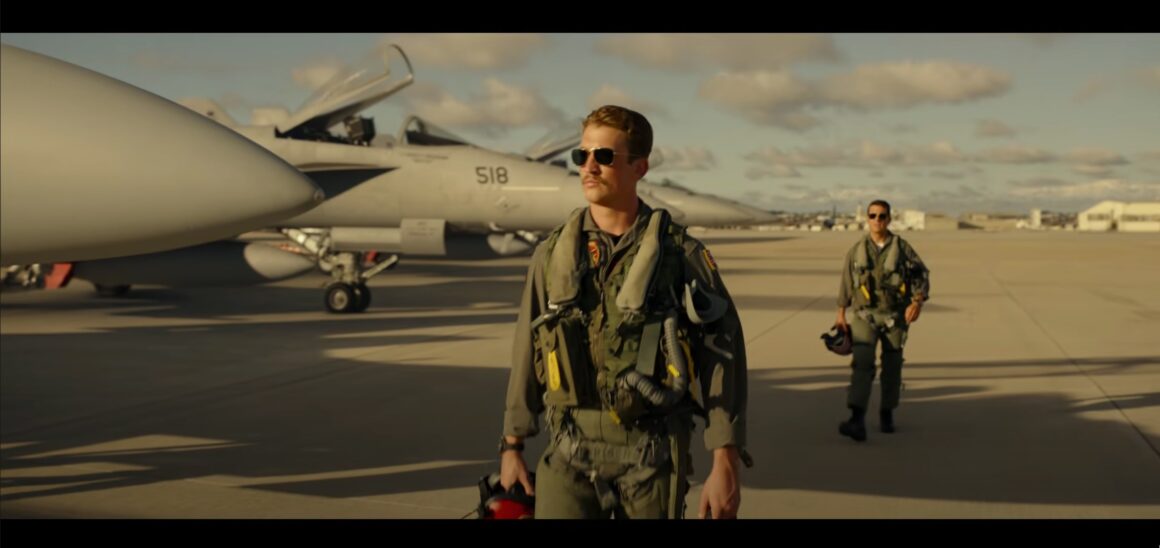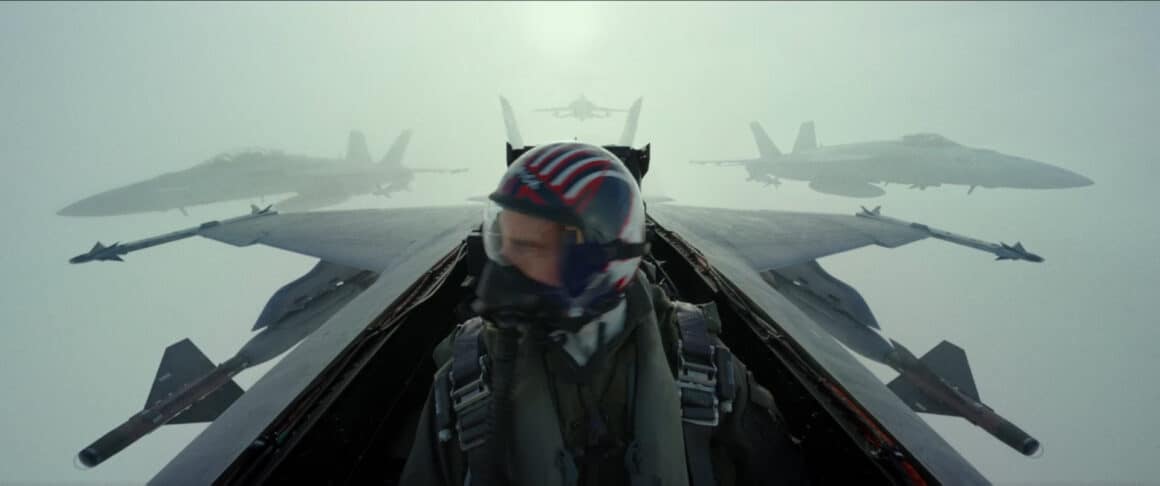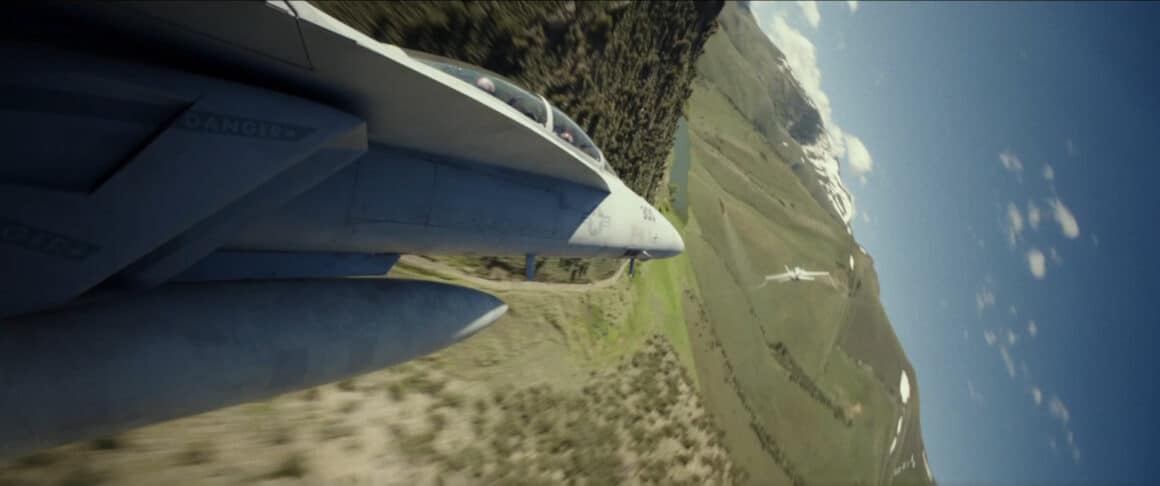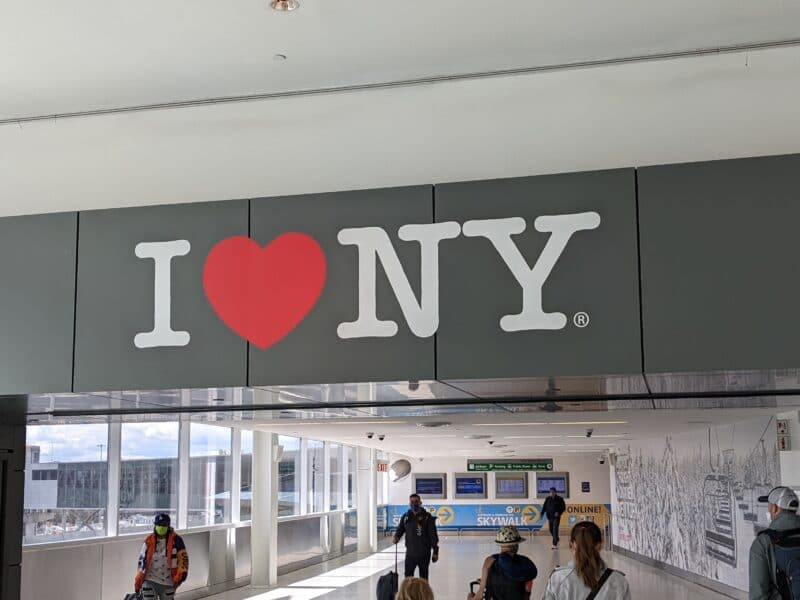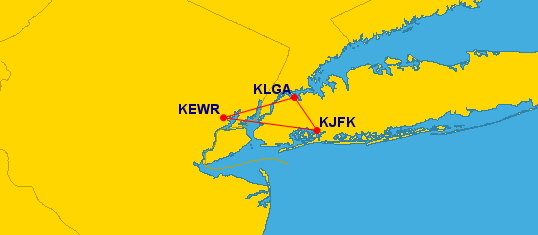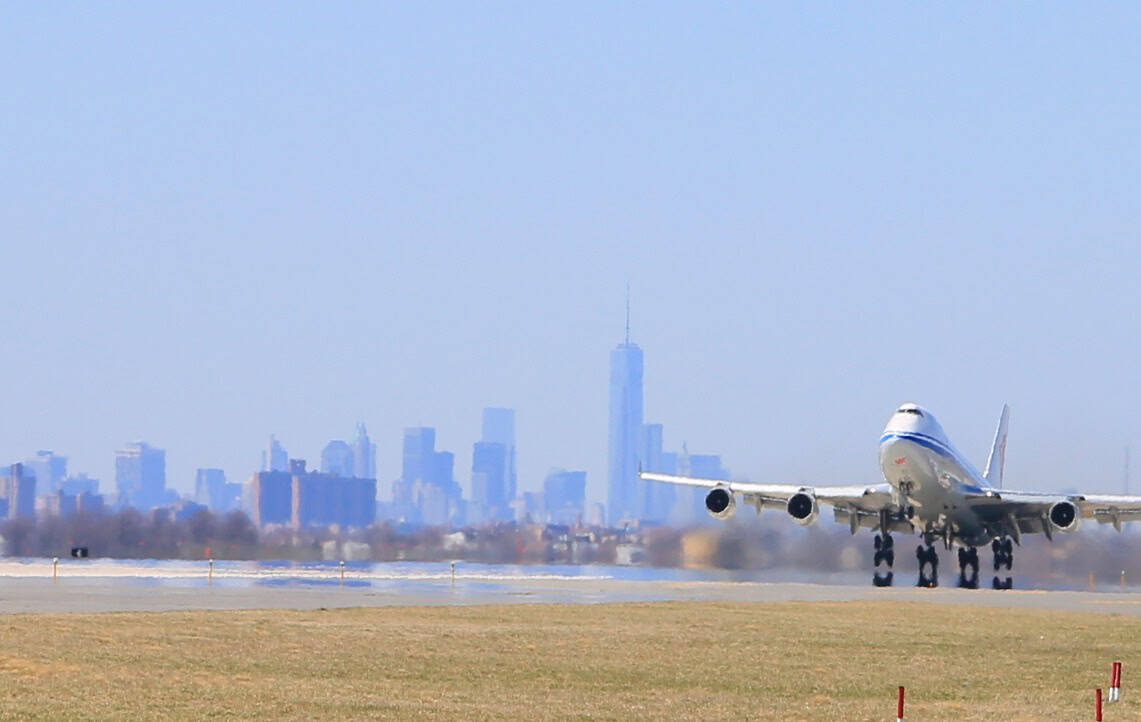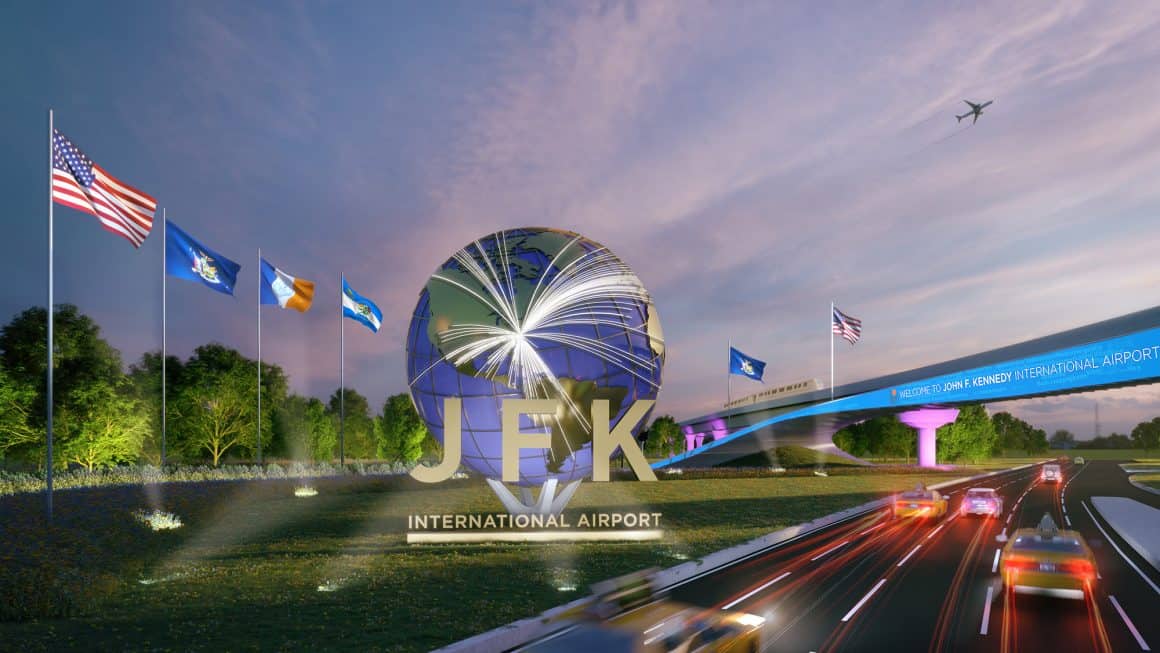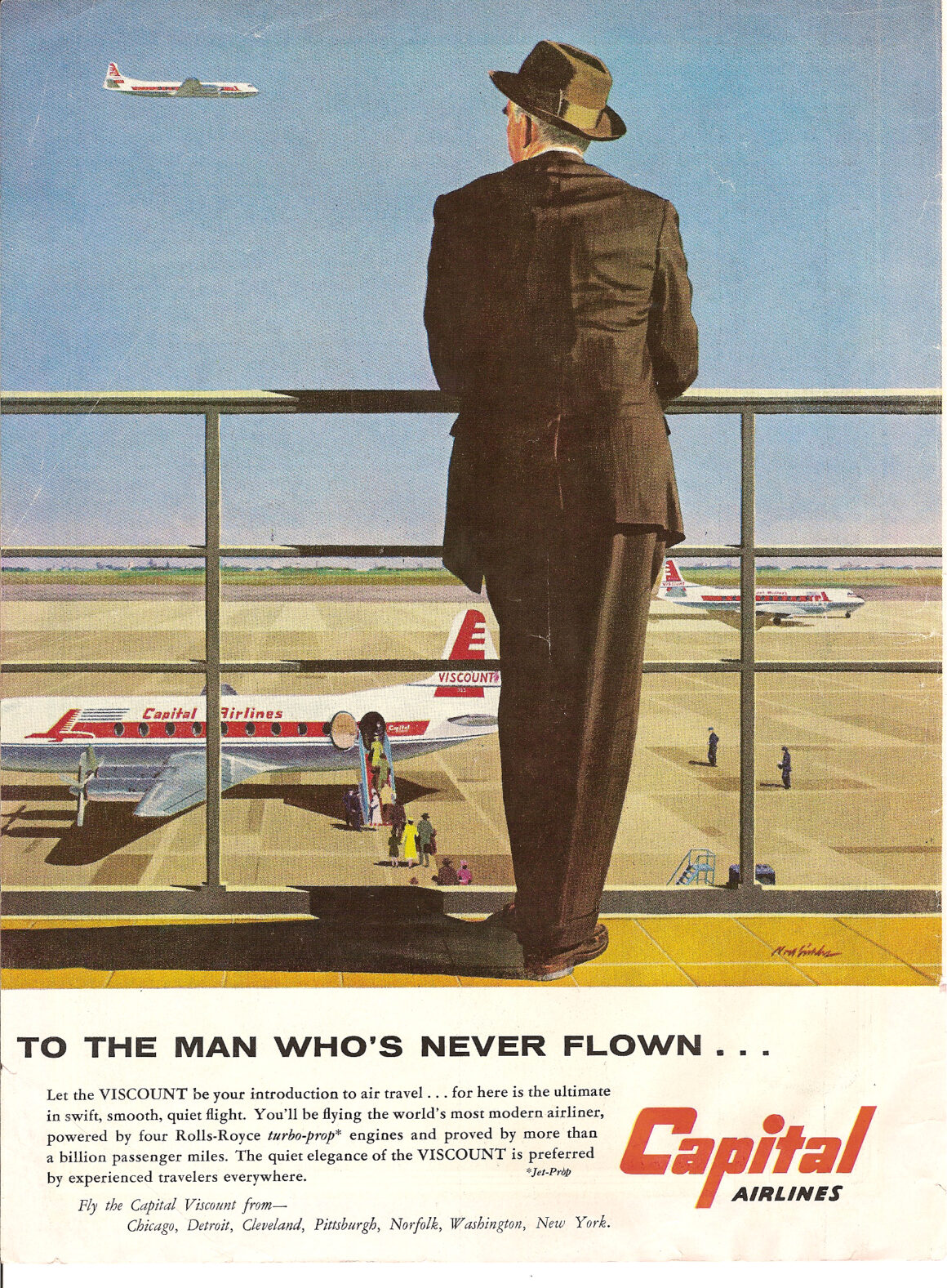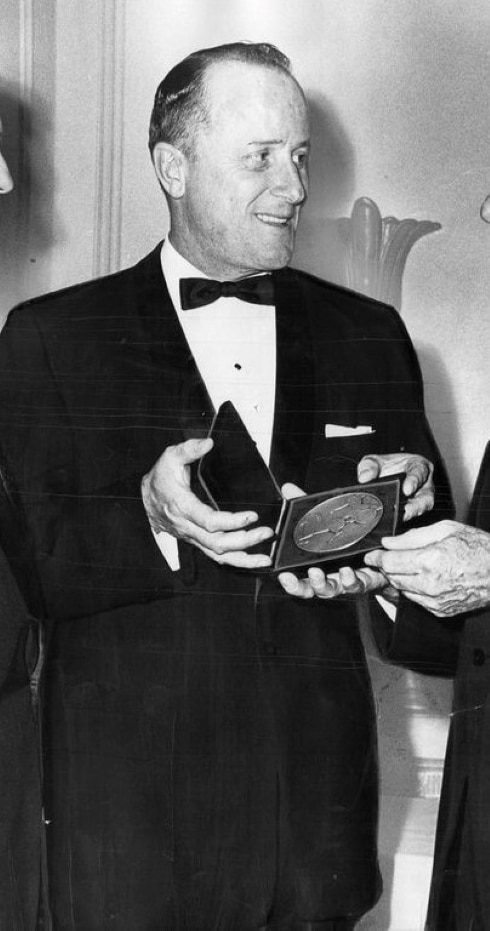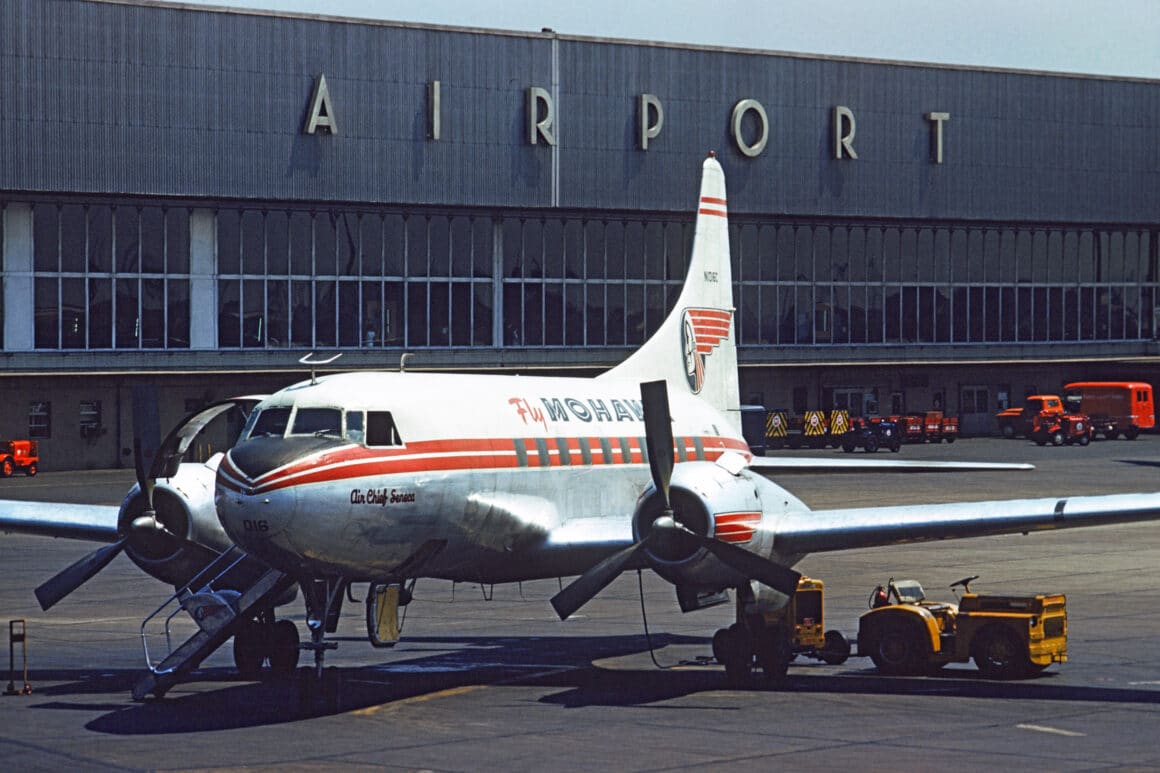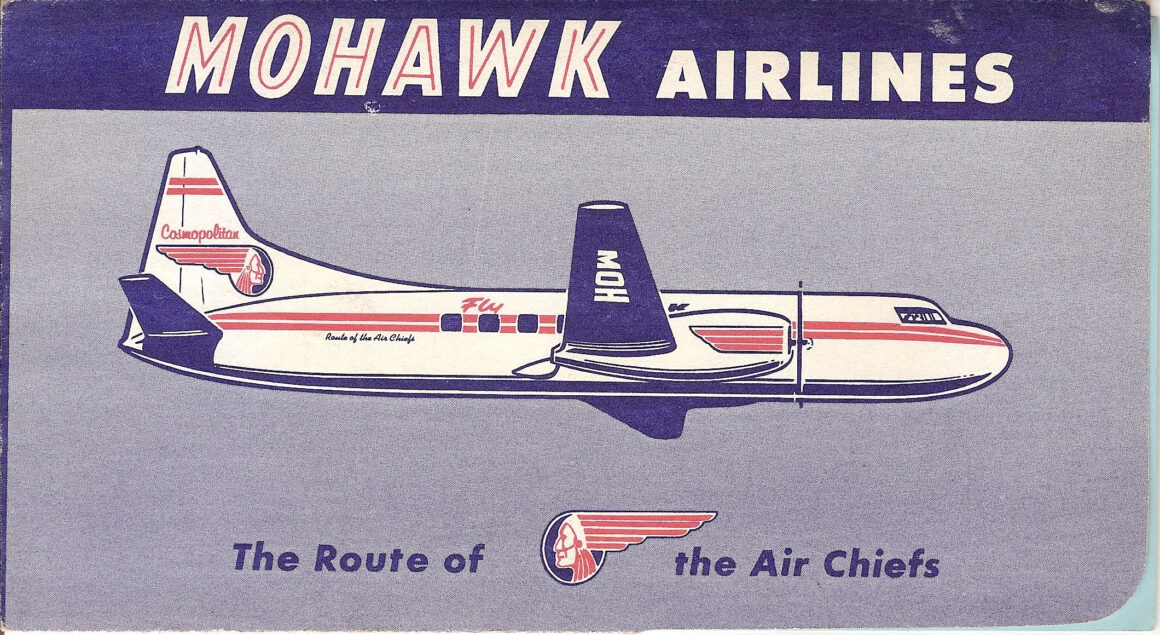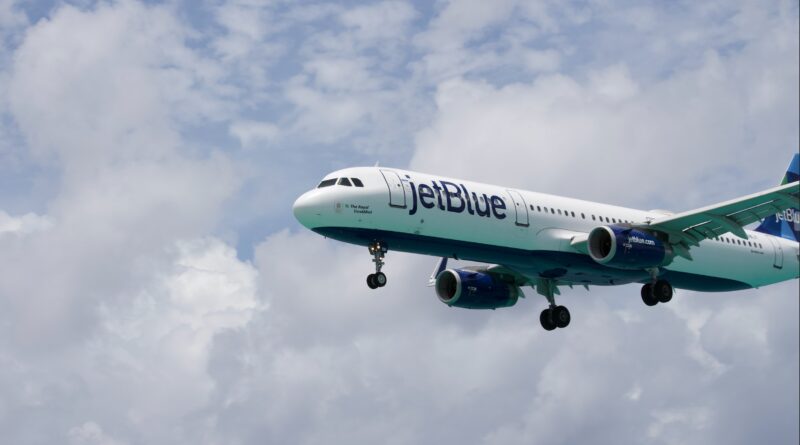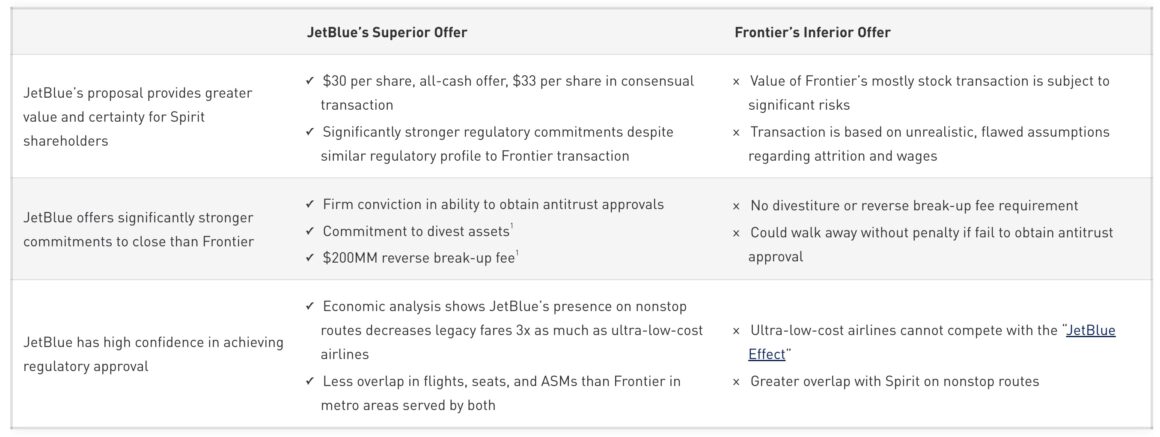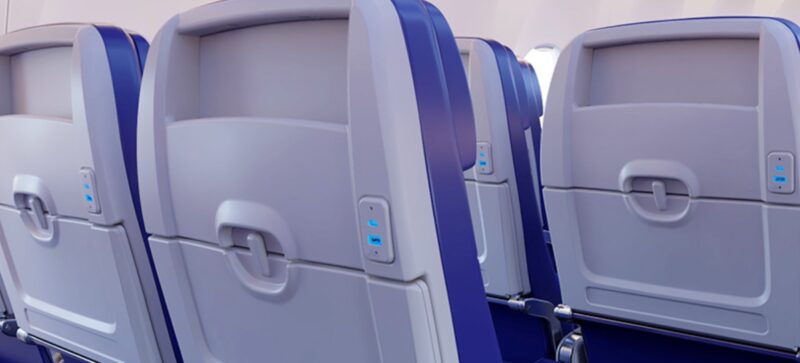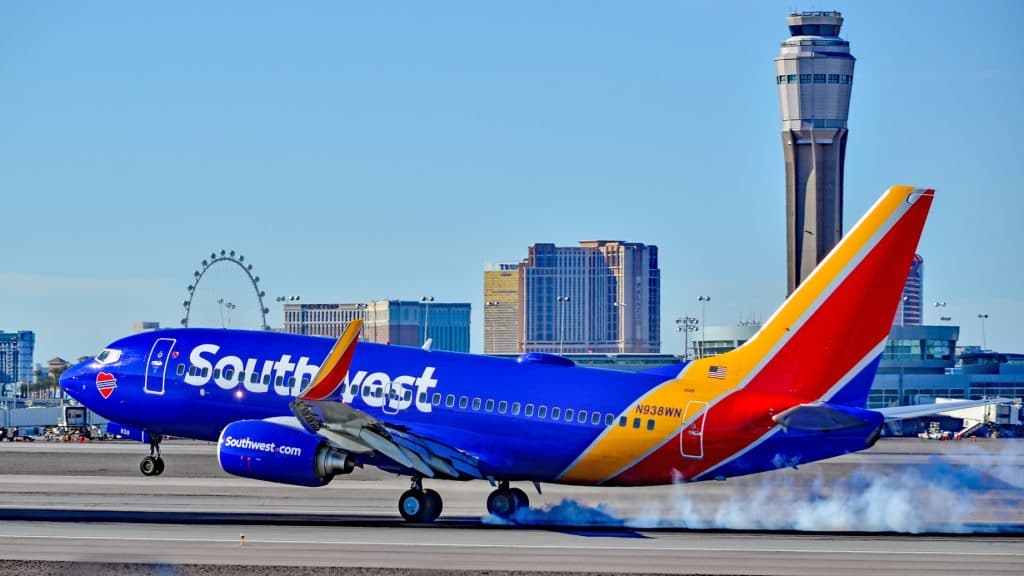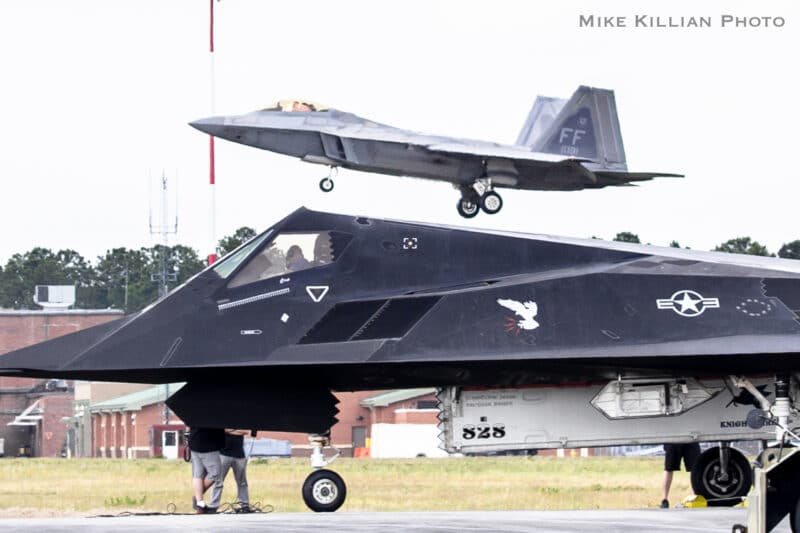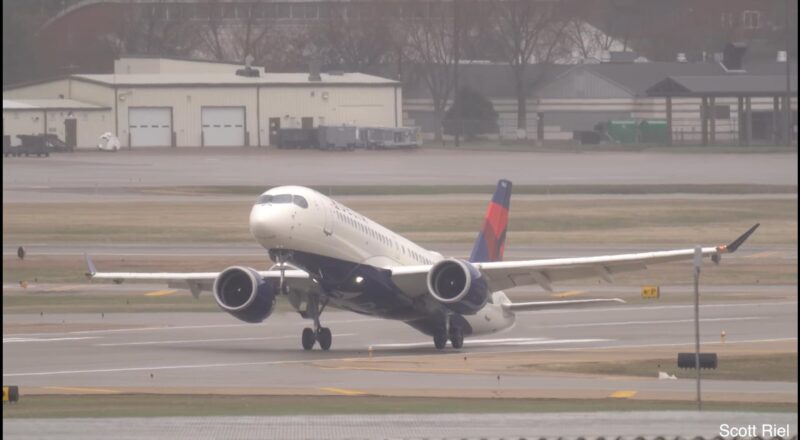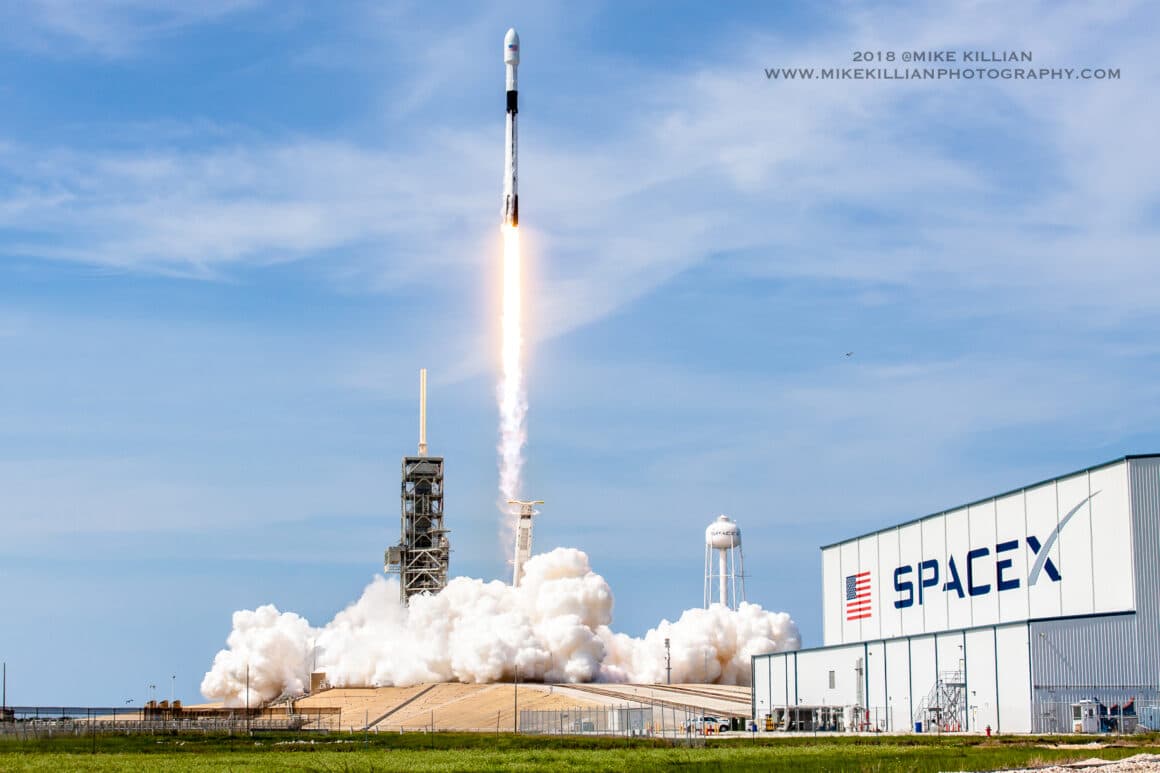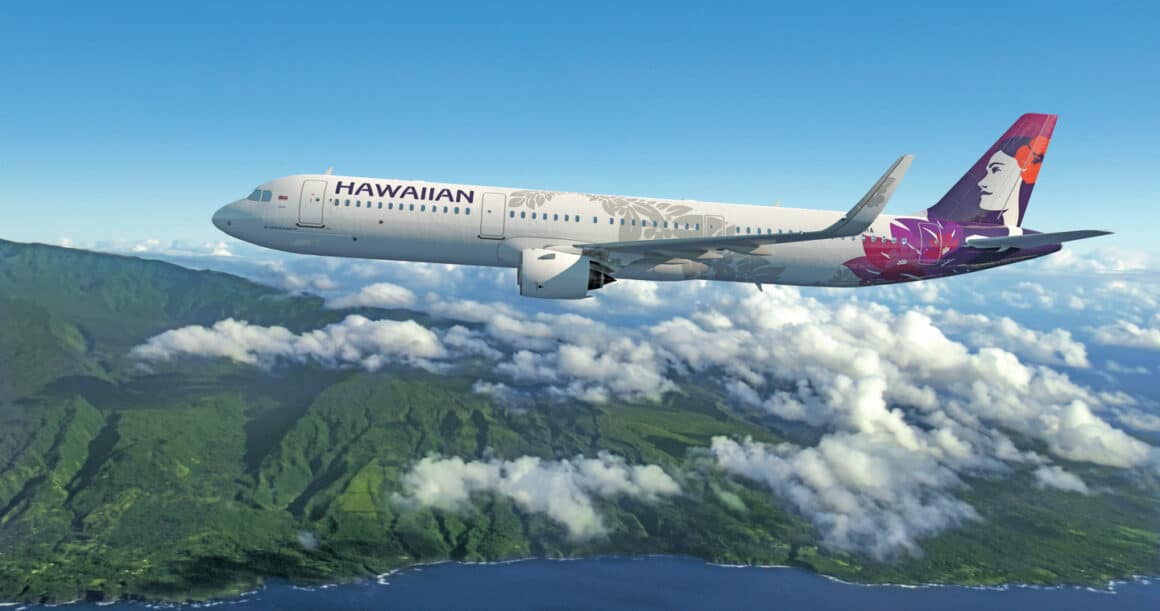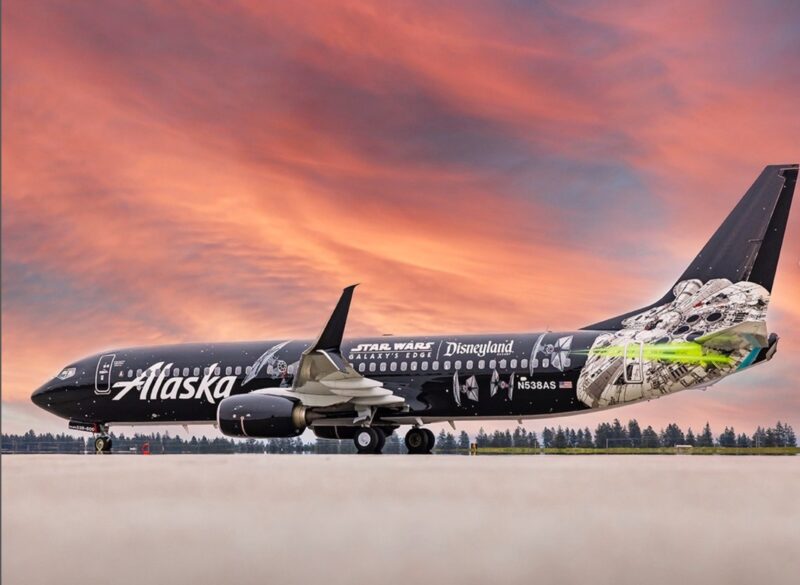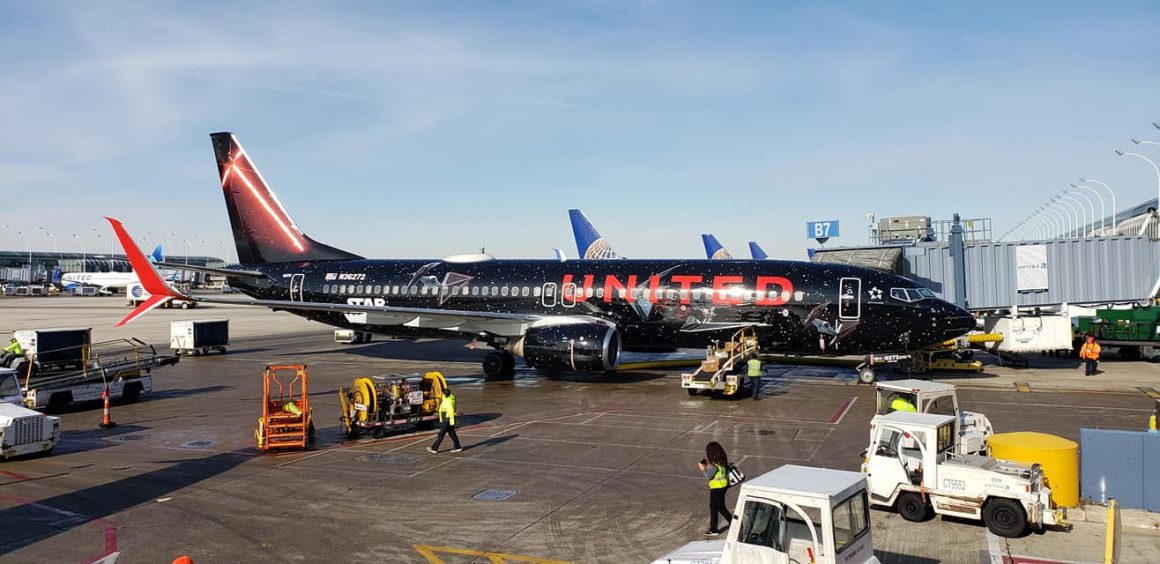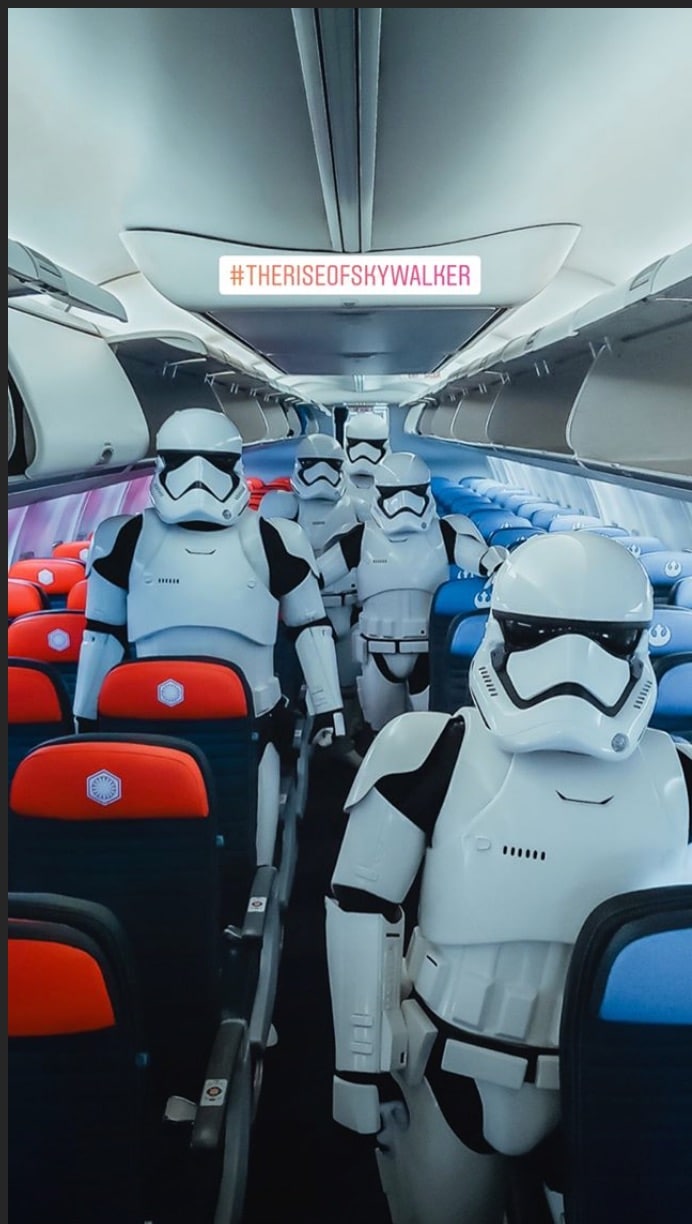When you think of airplanes and aviation, accessories like a headset, a classy flight bag, and flashlight are a must. Even though every pilot wants to look sharp in the cockpit, a comb isn’t usually the first accessory in a pilot’s bag. But maybe it should be.

We recently had the opportunity to sit down with Jeff Grant from Metal Comb Works. His factory primarily coats parts for large aerospace companies for major companies like SpaceX. The nature of the business is that they execute large orders but then experience times where they have some spare capacity to do other work. So they decided to kick off a side project making aviation-inspired, high-quality metal combs that last forever.
How This Side Project Got Started
In 2013, Jeff was looking for a birthday gift for his son. His son’s hair was pretty long and the combs he used would frequently break. When he did a search on the internet, Jeff said “there were guys making combs out of vintage vinyl records, all types of wood, metal combs as well some carbon fiber combs. When he bought one on the internet, he looked at it and thought, “well, I can do better. So I decided to make my own for him. I made a comb for him as a birthday gift.” He liked it so much that his buddies started asking for his dad to make them one too. A kickstarter campaign led to raising over $15,000. The goal was to make a comb that would last forever, maybe even one that his son could pass on to his kids one day.
A New Idea: Aviation Inspired Combs

For the next few years, Jeff and his team continued to sell the combs they designed. They started with Art Deco styling and then branched out to camping themes that had a built in bottle opener on it. That sold really well. Next, he had the idea of incorporating an aviation theme.
His dad was a Delta Air Lines pilot and flew F-8s in the Navy. Growing up around jets in the San Diego area with Mirimar just down the road, he’s always had a passion for aviation and enjoys watching the many fighters and helos roar past. In college, he studied aerospace engineering too. So he decided to make a comb out of aviation grade titanium with 4 styles that reflect the classic age of jet aviation.
An Aviation-Themed Kickstarter That Took Off

In late 2021, Jeff and his team released a second Kickstarter campaign featuring 4 styles of combs. The campaign took-off! Jeff said that the enthusiasm was tremendous. They originally set a goal of $500 but the campaign finished with over $6,900 in commitments.
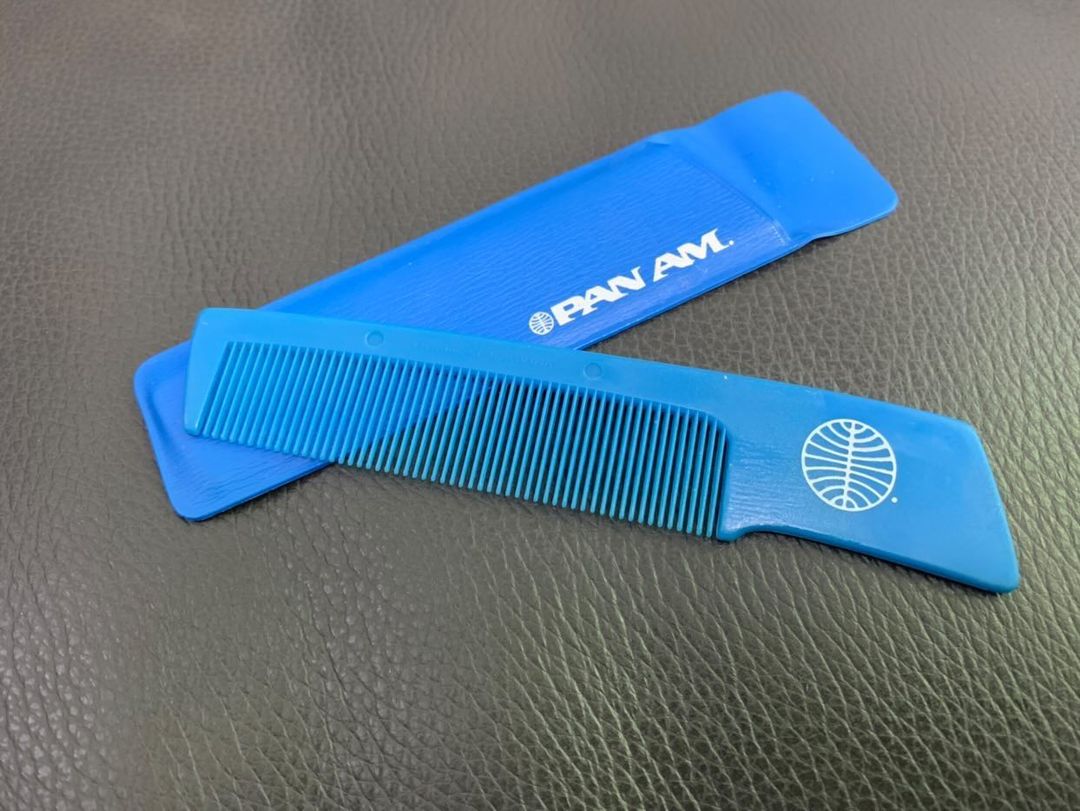
The combs are pretty unique. The most popular is a play on the classic Pan Am comb that the airline used to give away in their first class amenity kits. The style is ‘inspired’ by the classic. Instead of plastic though, the Metal Comb Works comb is aviation-grade titanium.
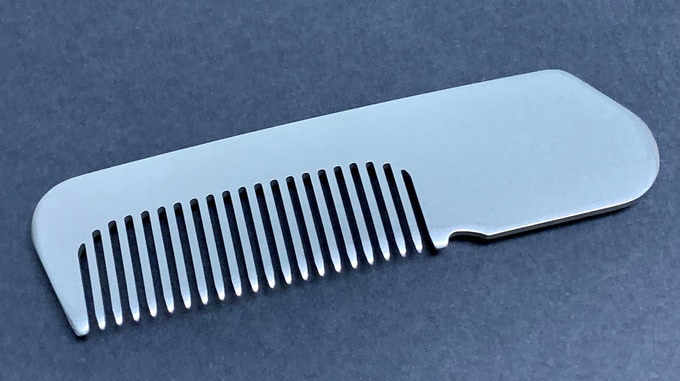
Another style they offer is called the “Clark-y”. The comb has an airfoil profile like the famous design developed by Colonel Virginius E. Clark. The Clark-Y Aero~Comb is a similar shape to a rib of an airplane wing with a rounded leading edge that tapers to a smaller profile at the trailing edge. Along the spine of the comb solid rivets have been installed as a decorative and functional feature.
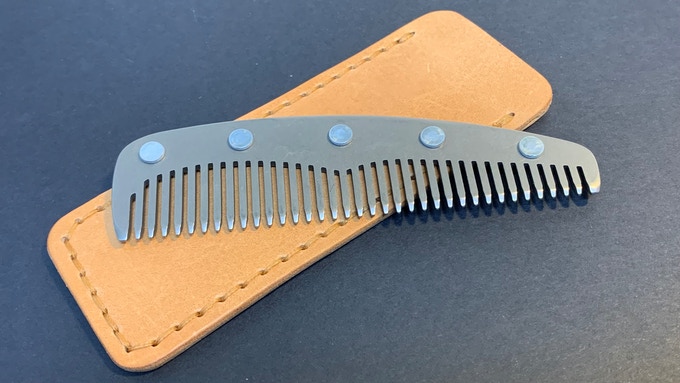
Their third design is called ‘lightening’. It refers to the fact that aircraft often have hollowed out sections within their wings (like spars) to save weight. The comb has hollowed out spaces as a nod to the technique first utilized in the early days of aviation and perfected in the early jet age for modern airliners.
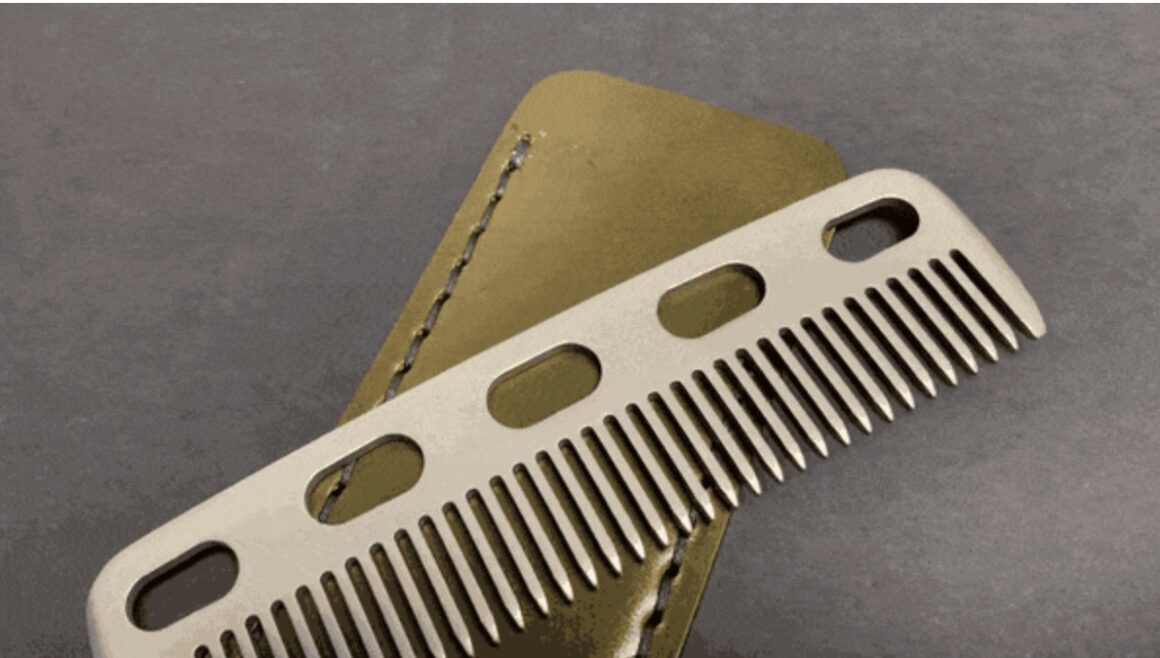
My favorite of their bunch is called the “Delta”. It’s inspired by the B-2 bomber with sharp, stealth-like edges as a nod to the flying Delta wings that proceeded it. This one is available in both the stainless-steel look and the blacked out ‘stealthy’ version with a dark B-2-like finish.
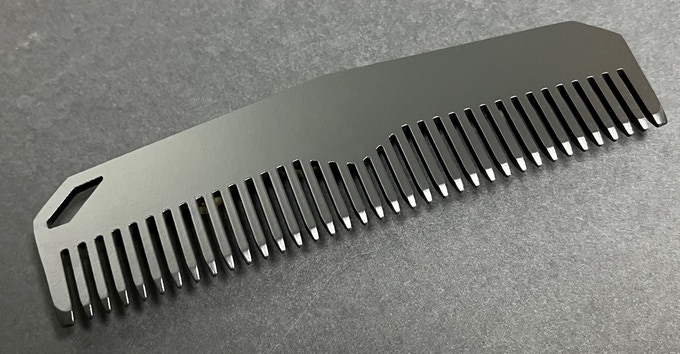
Great Gift For Father’s Day or for any other reason

The combs are all made in the USA by American craftsmen and designed by American engineers. Each aviation-inspired comb comes with sharp packaging and a leather case. You can purchase them on Metal Comb Works website at MetalCombWorks.com.

